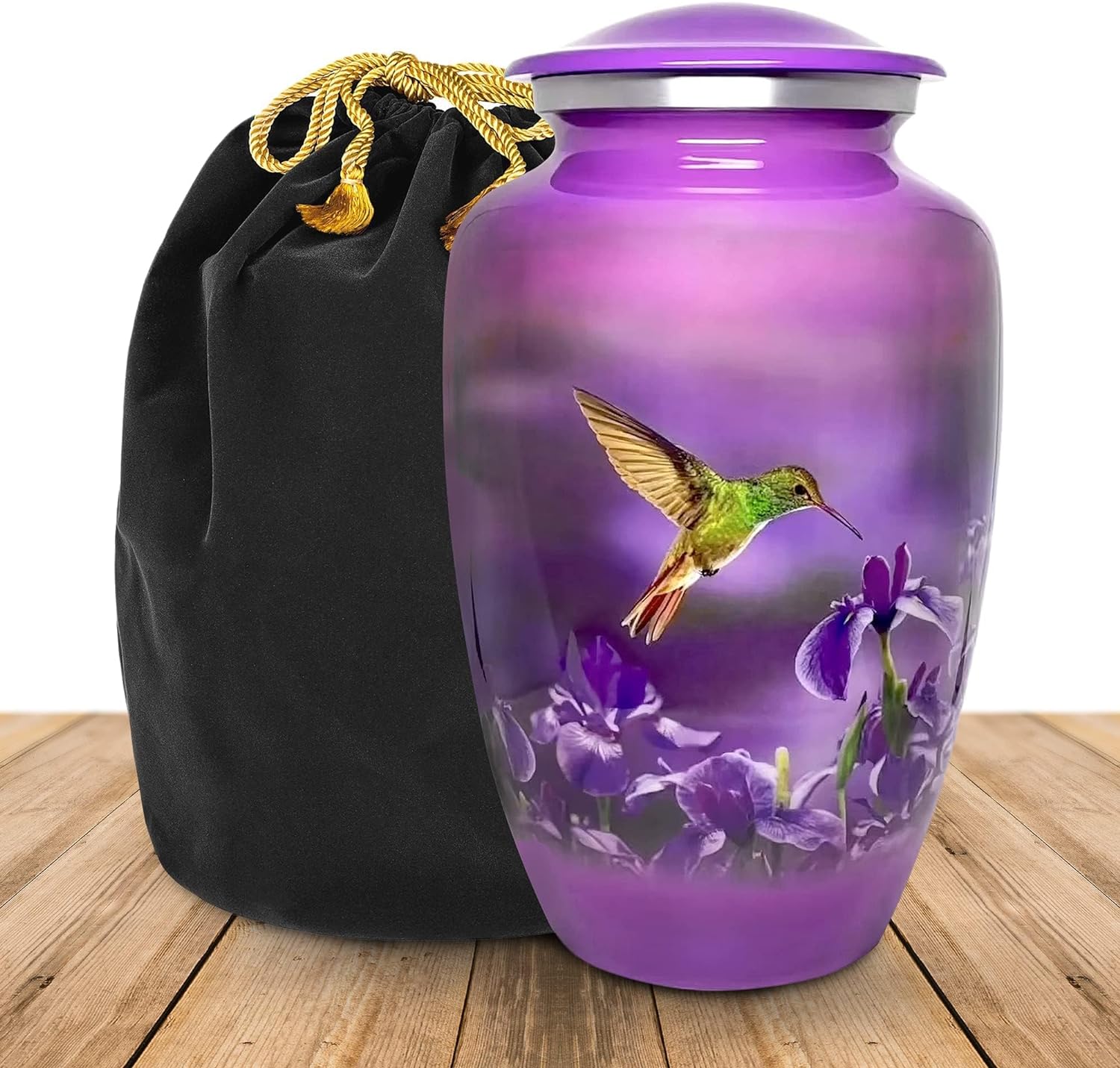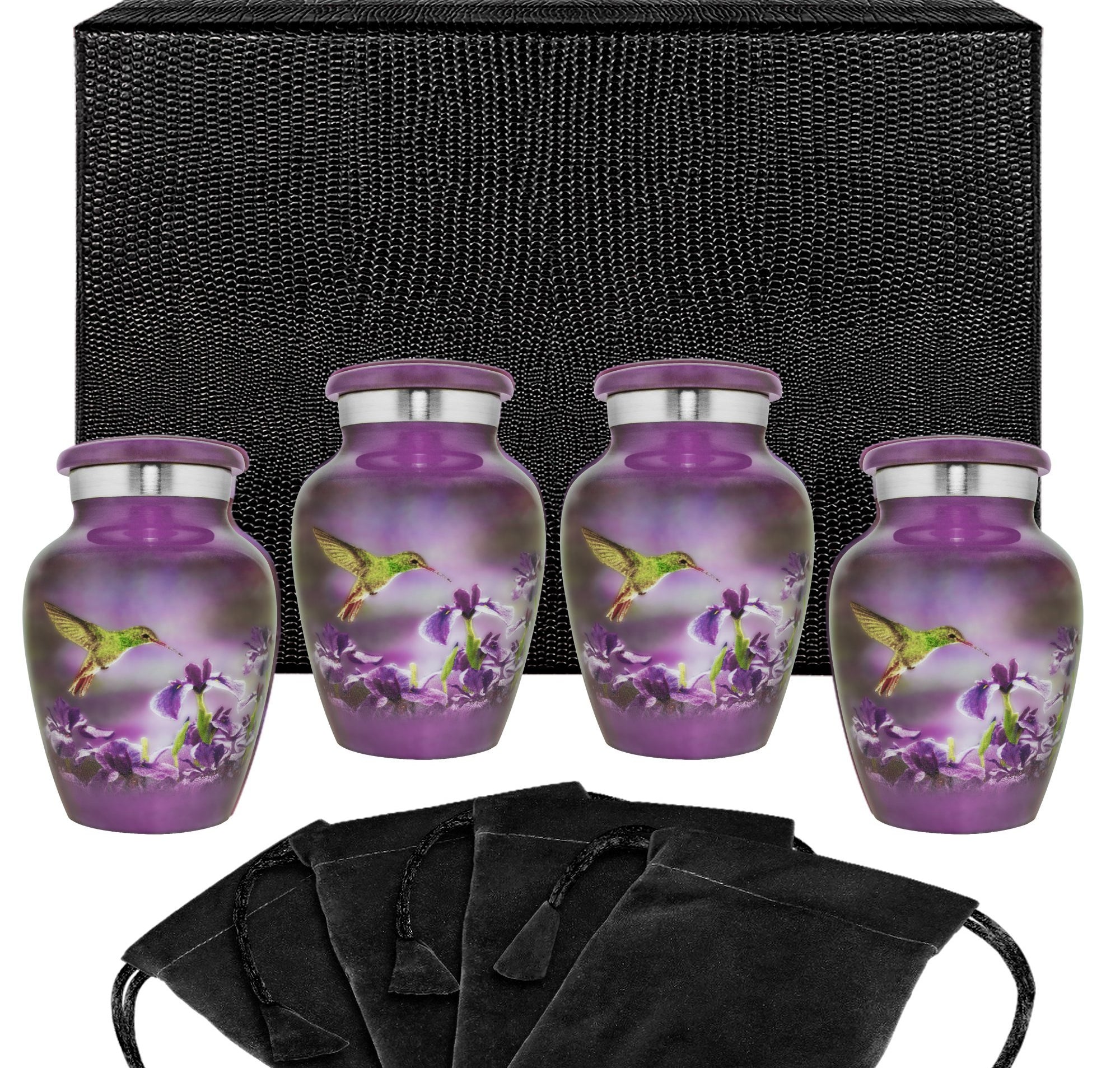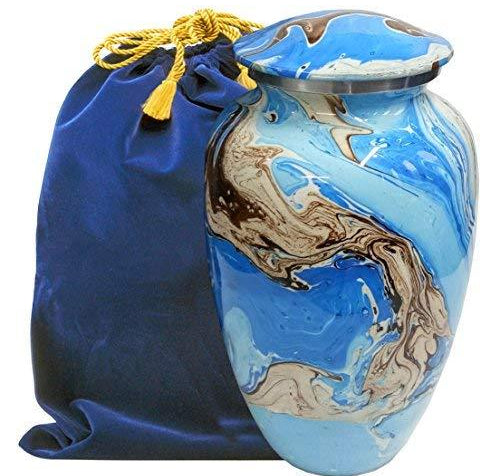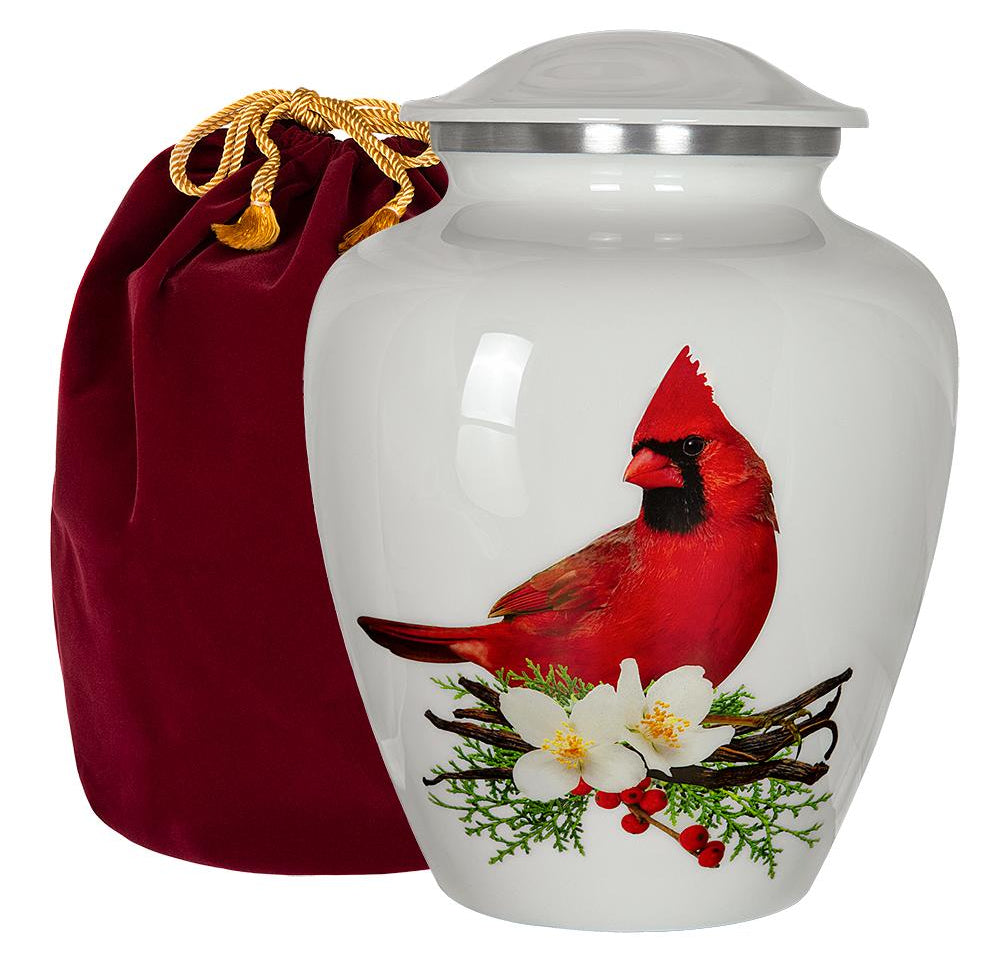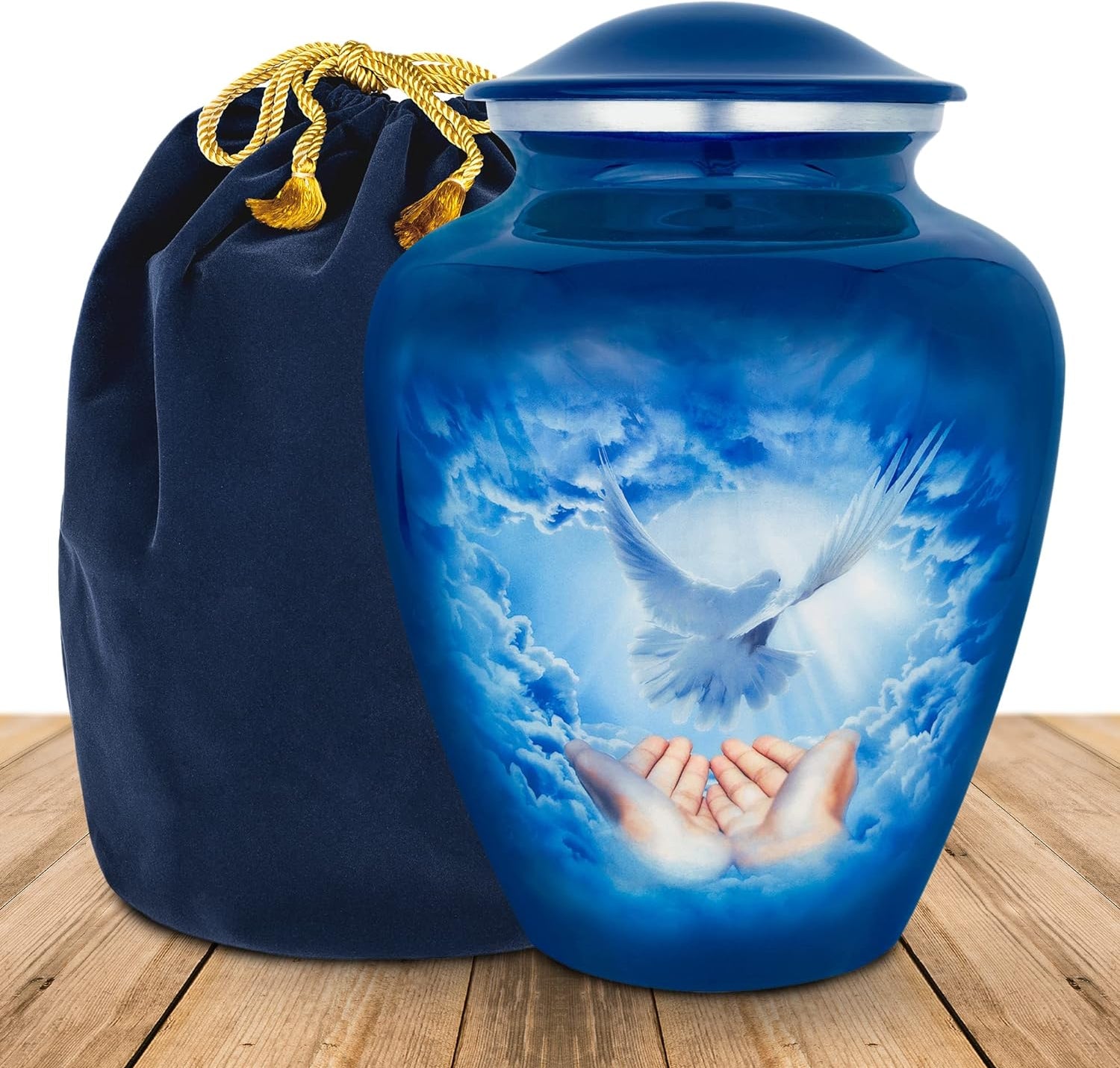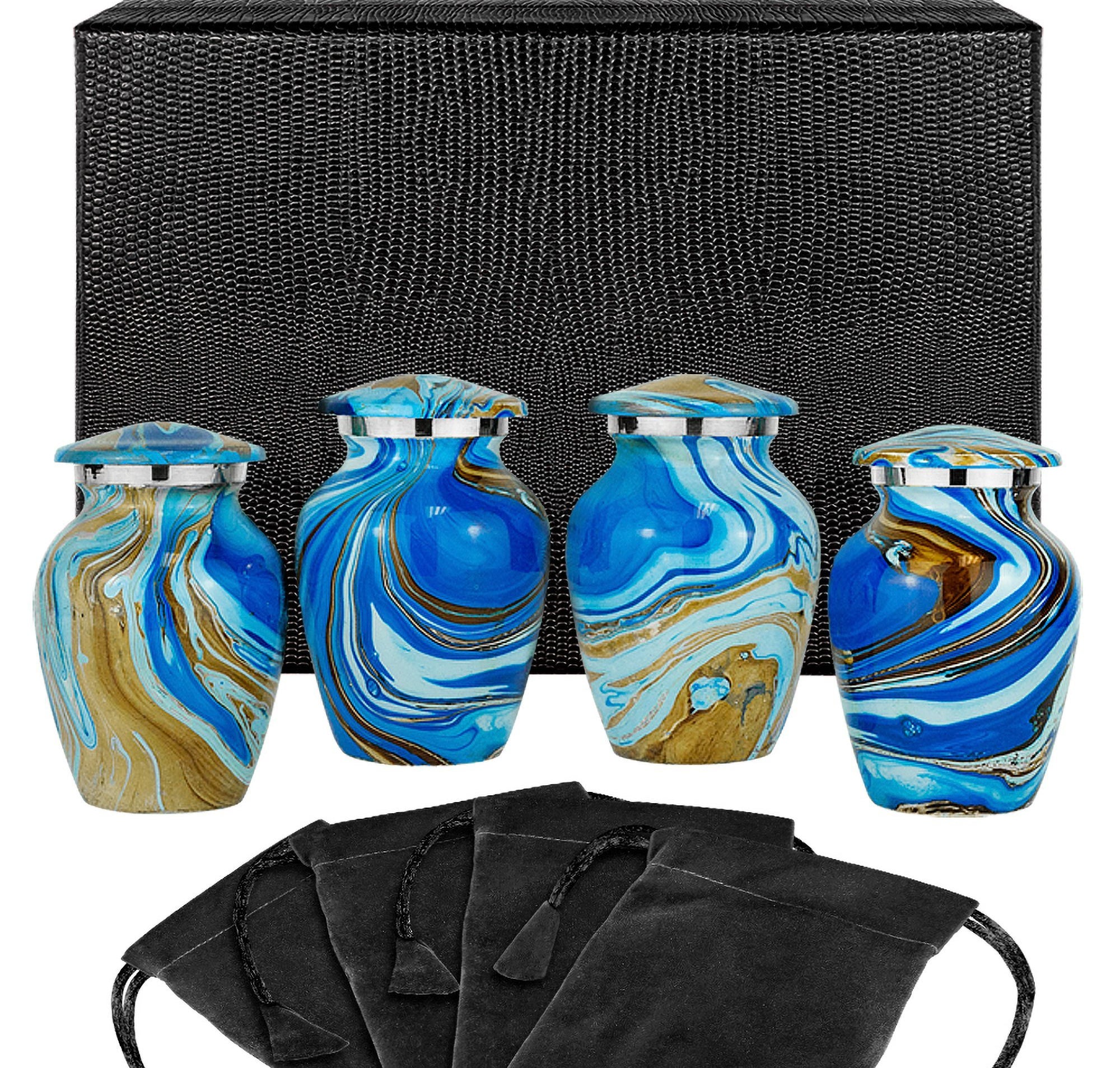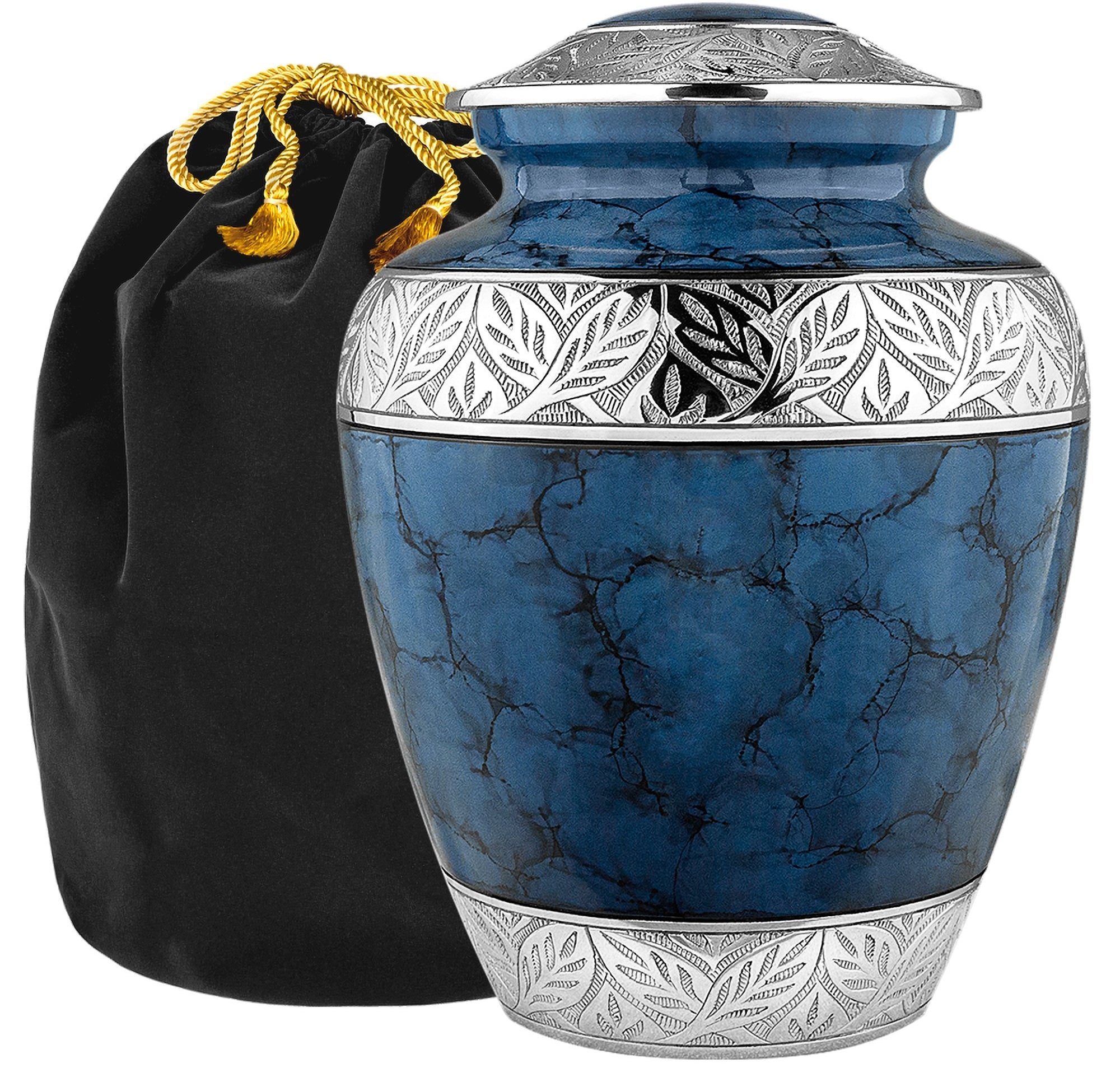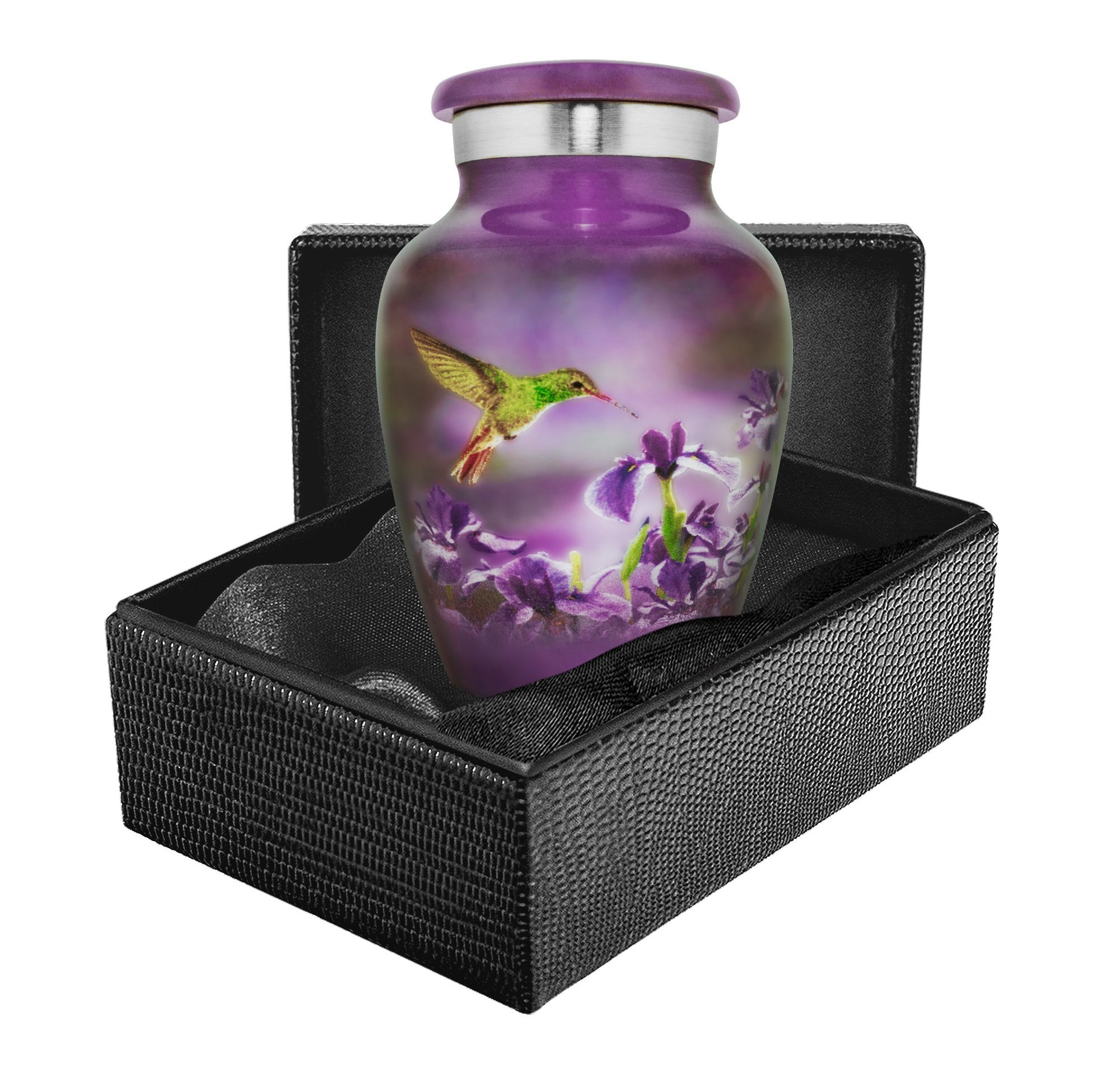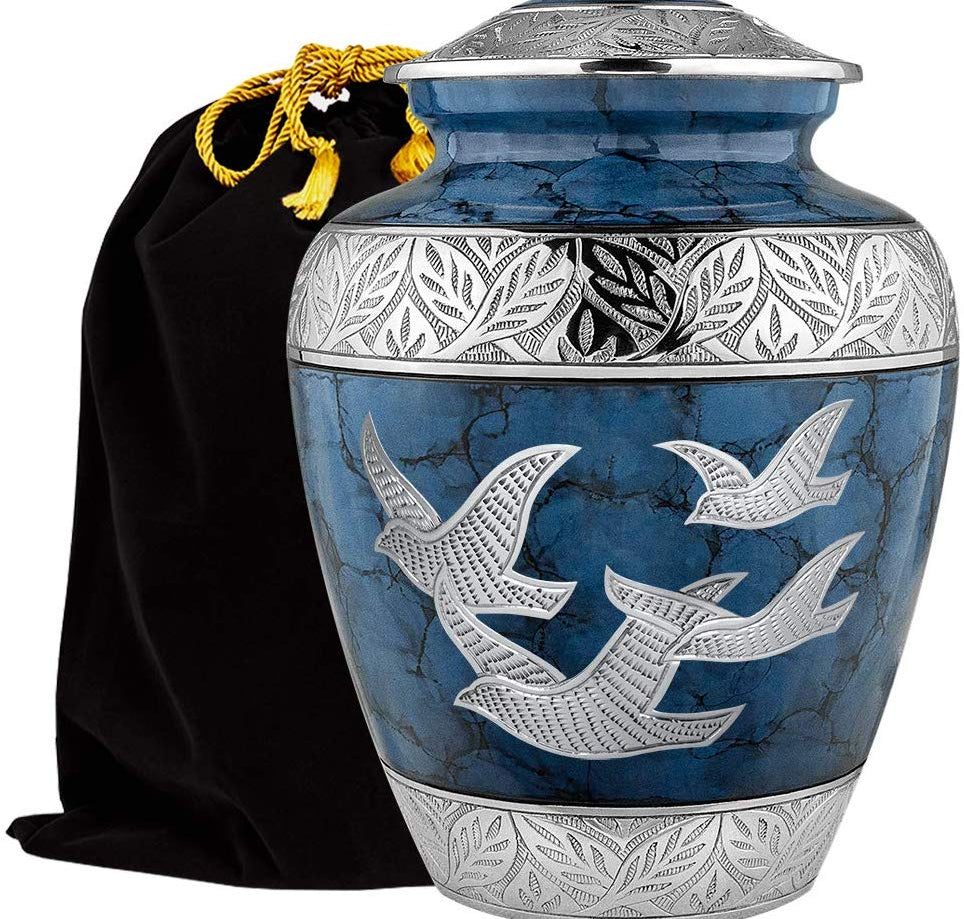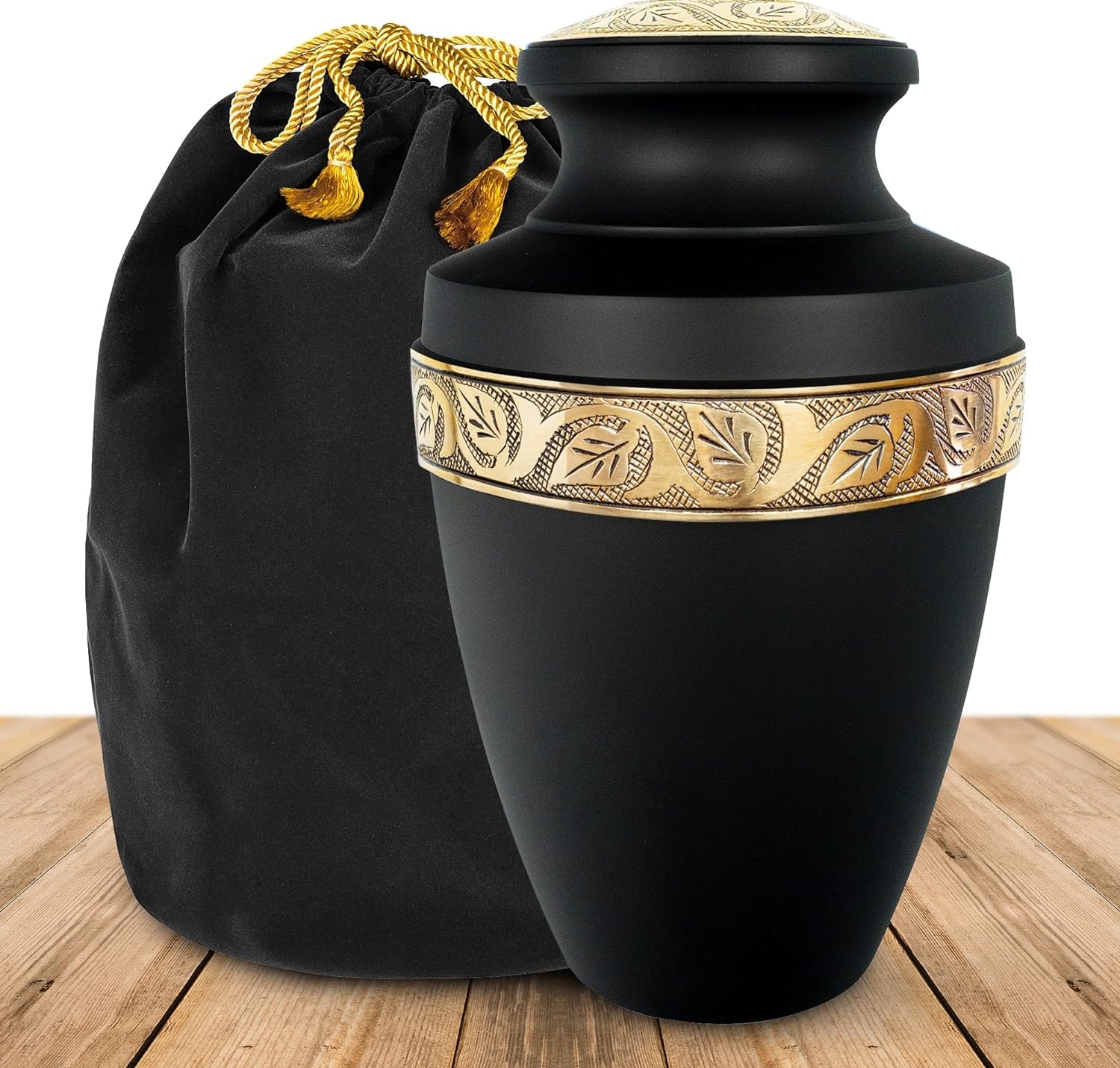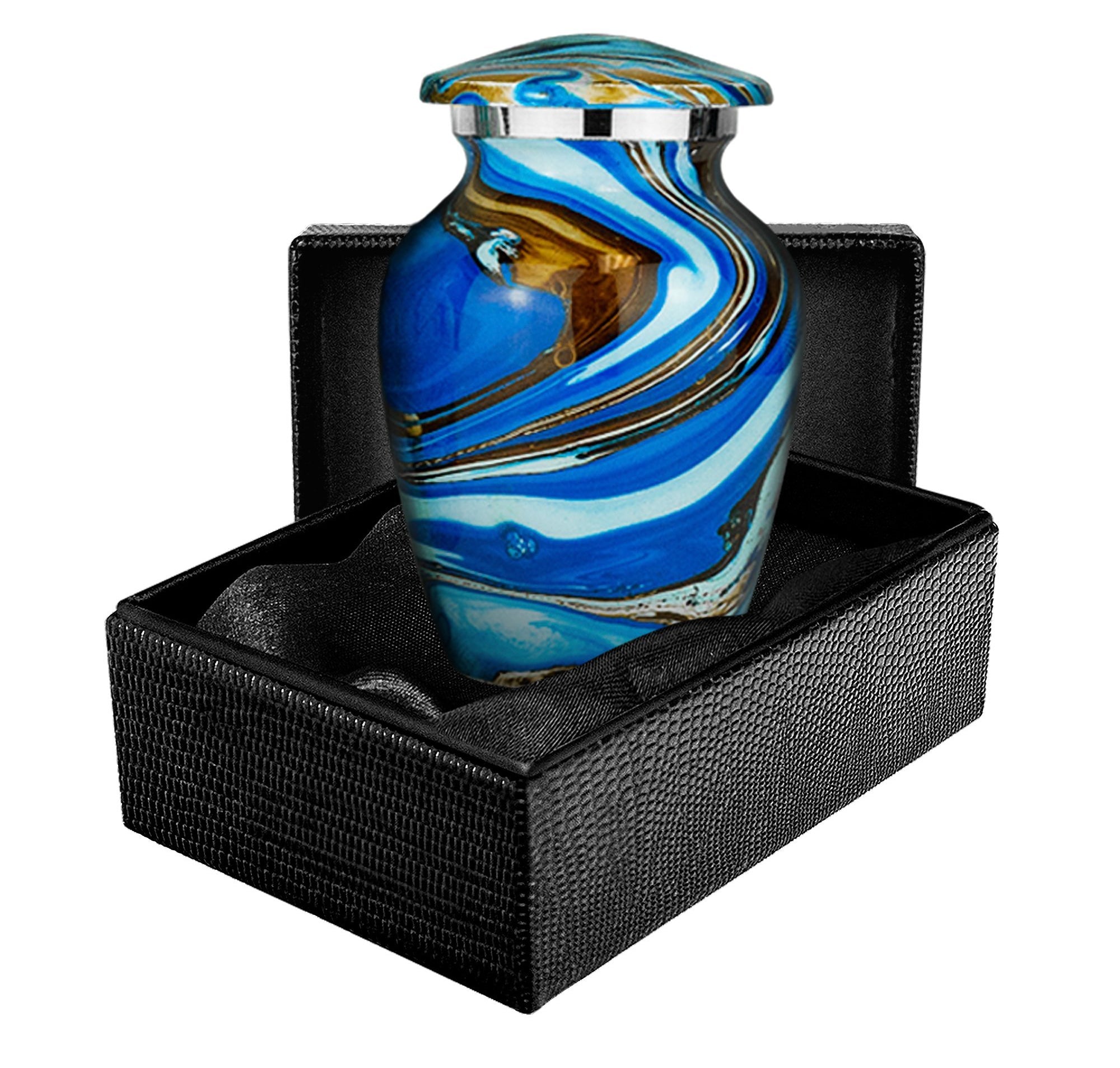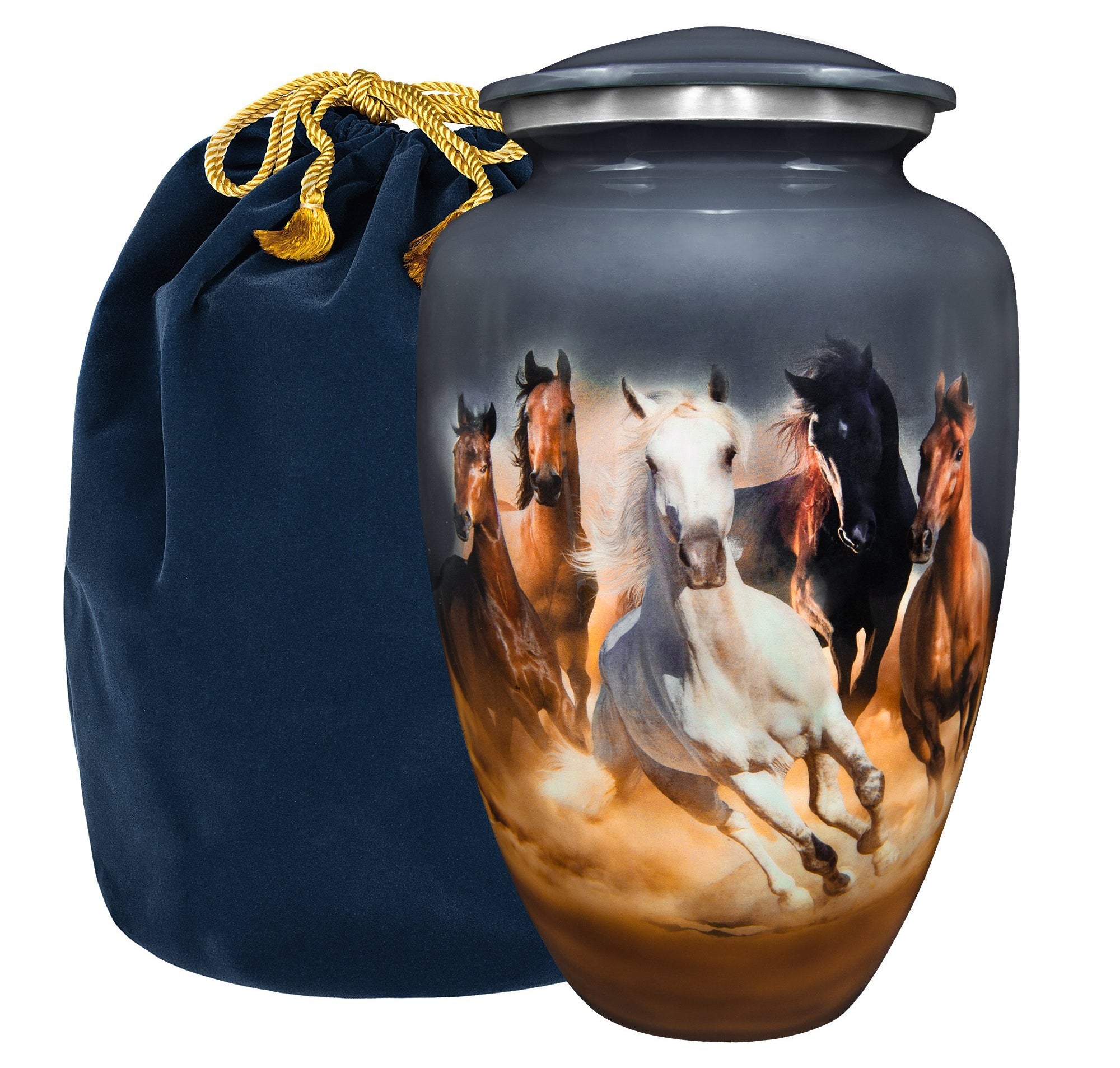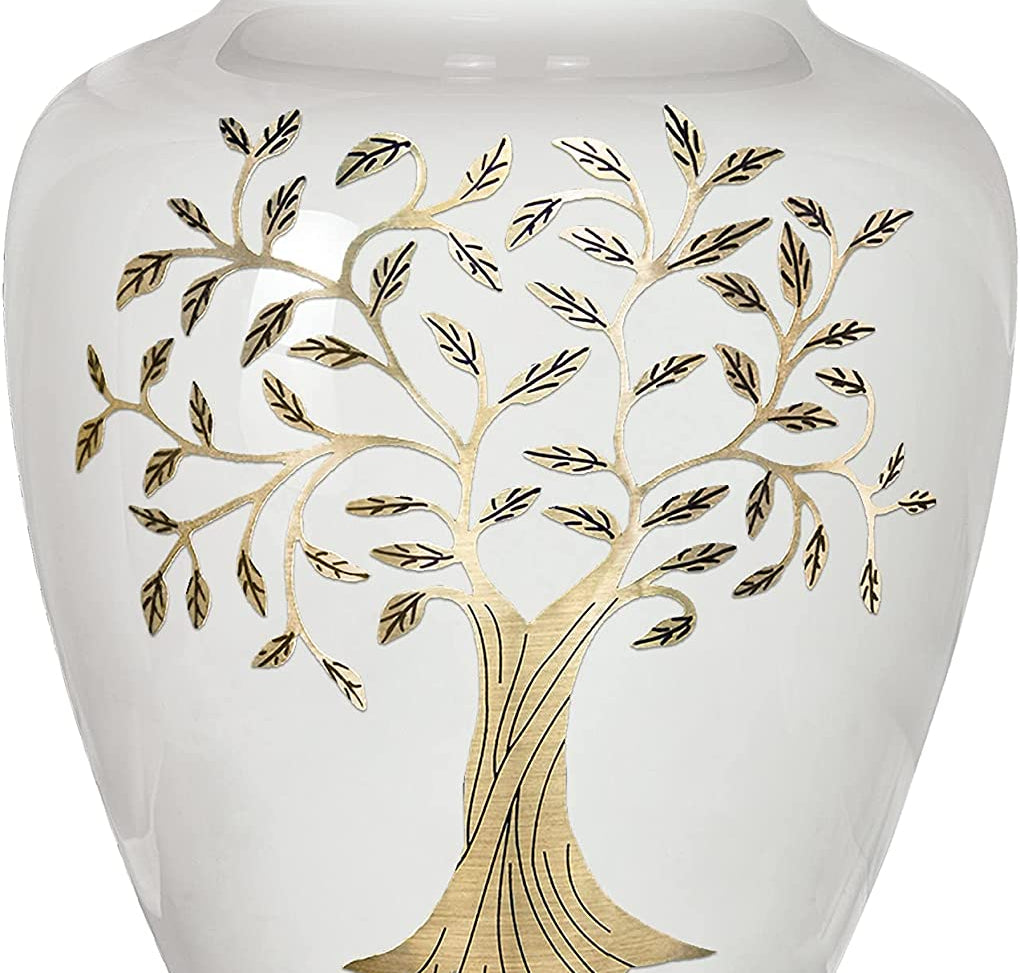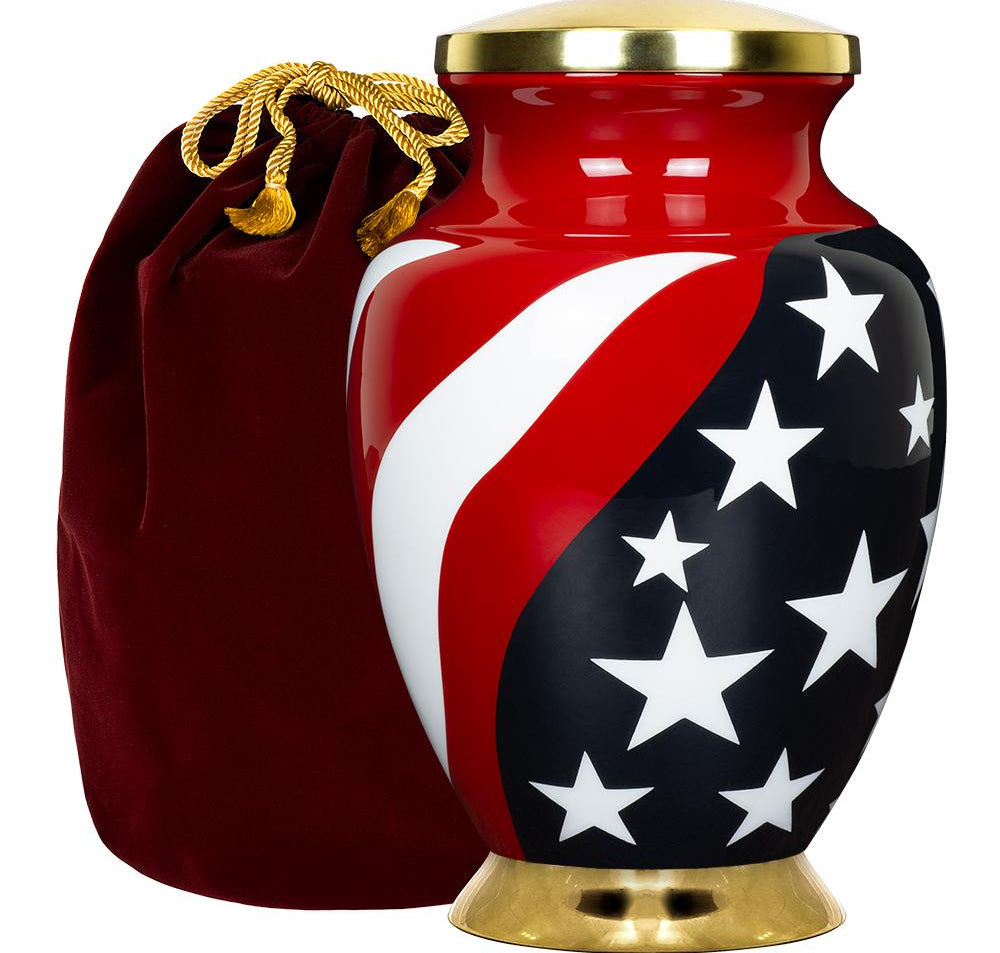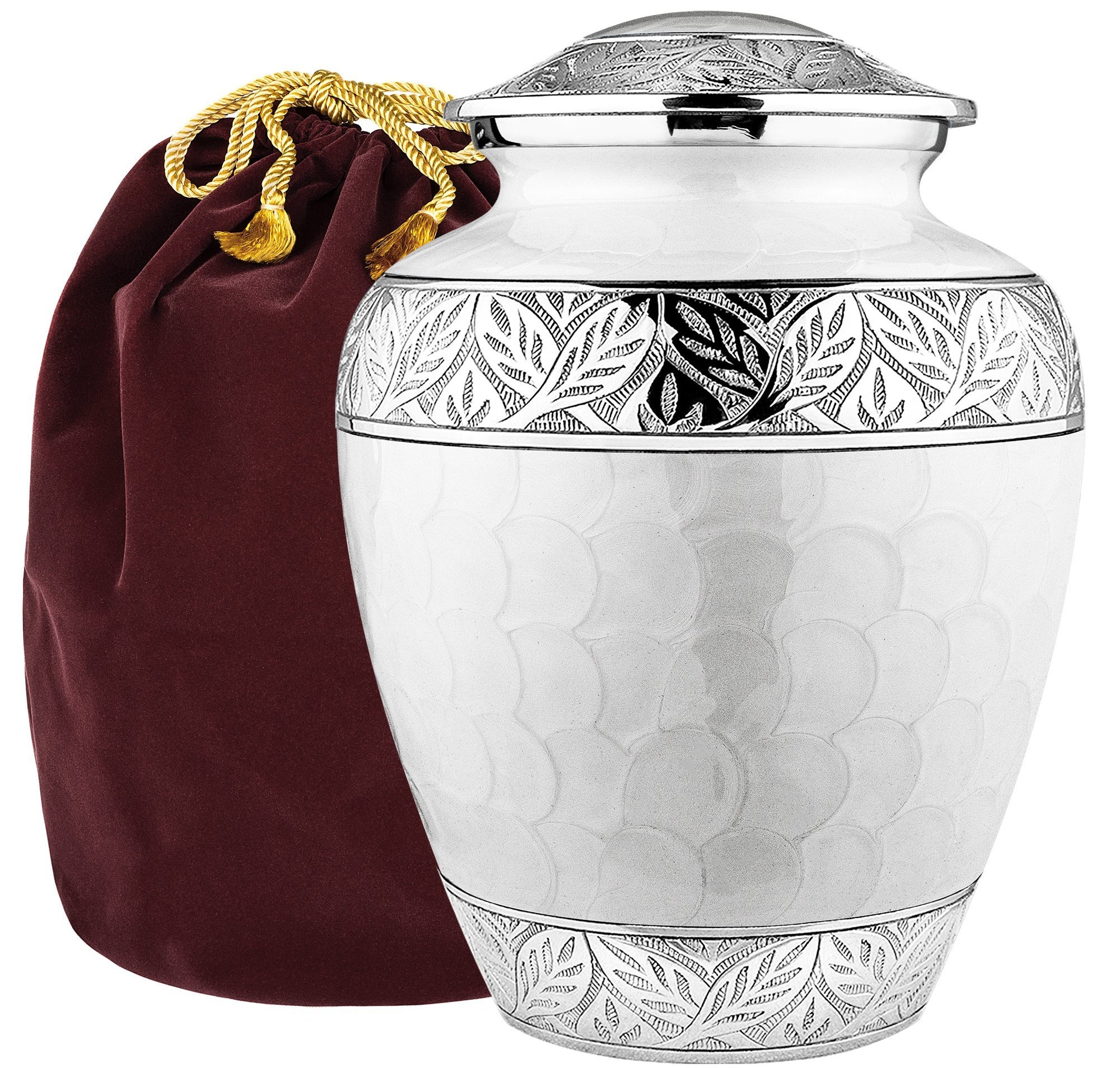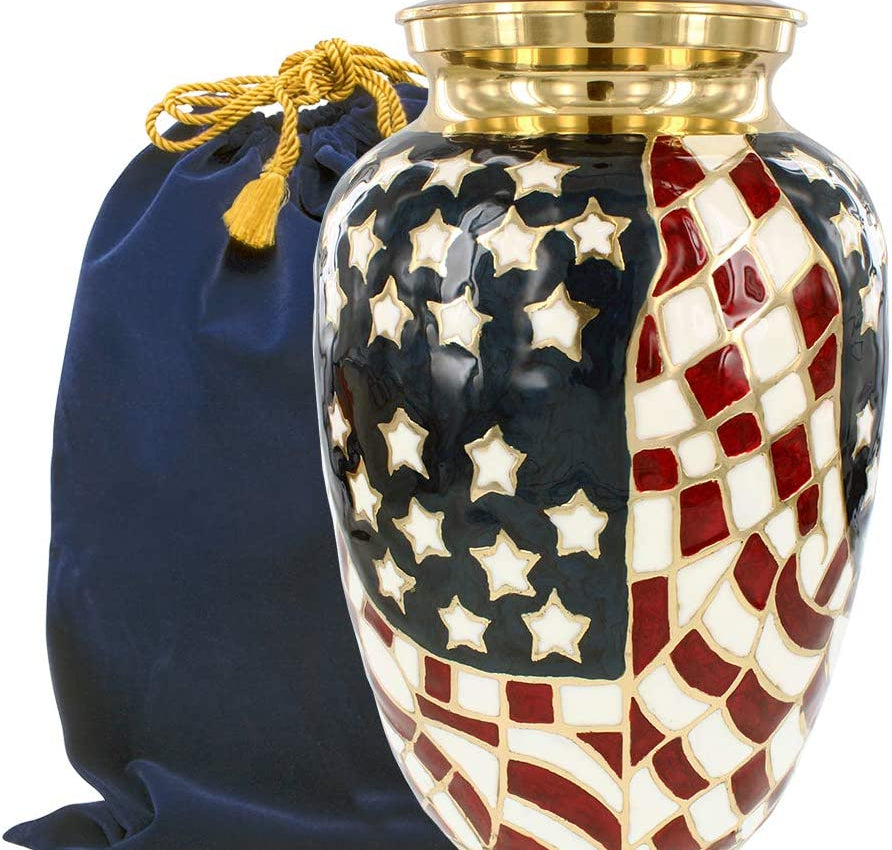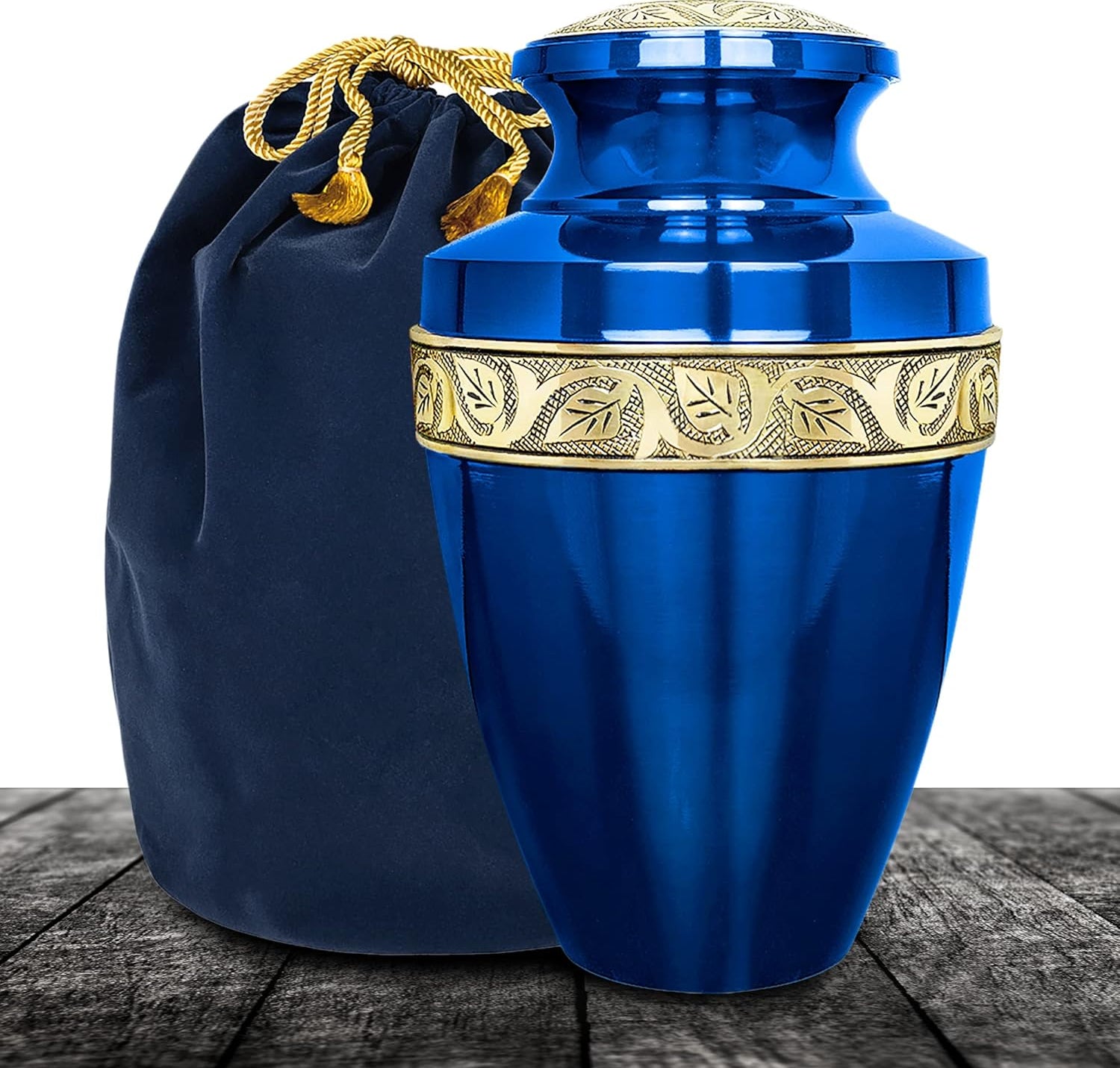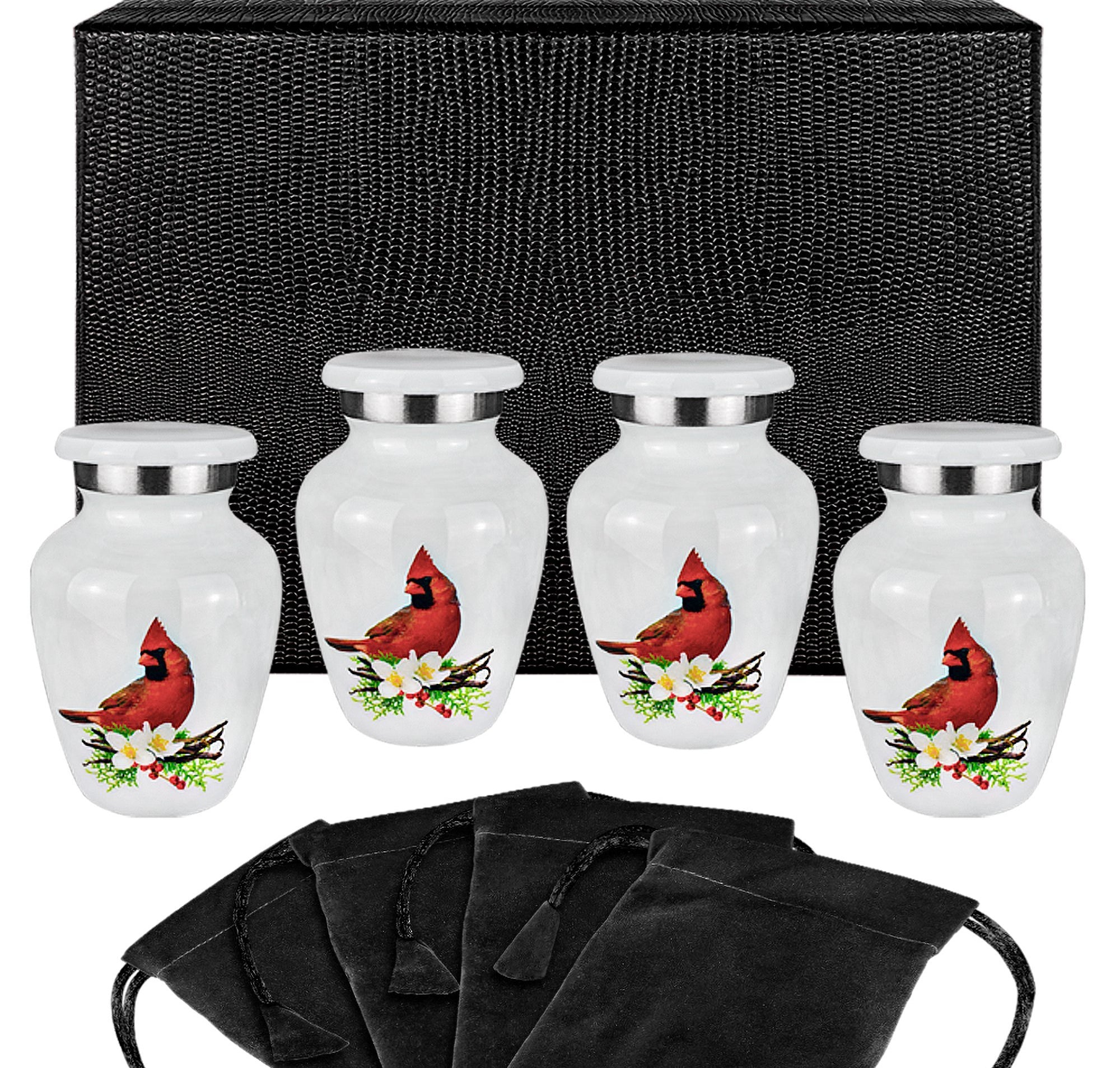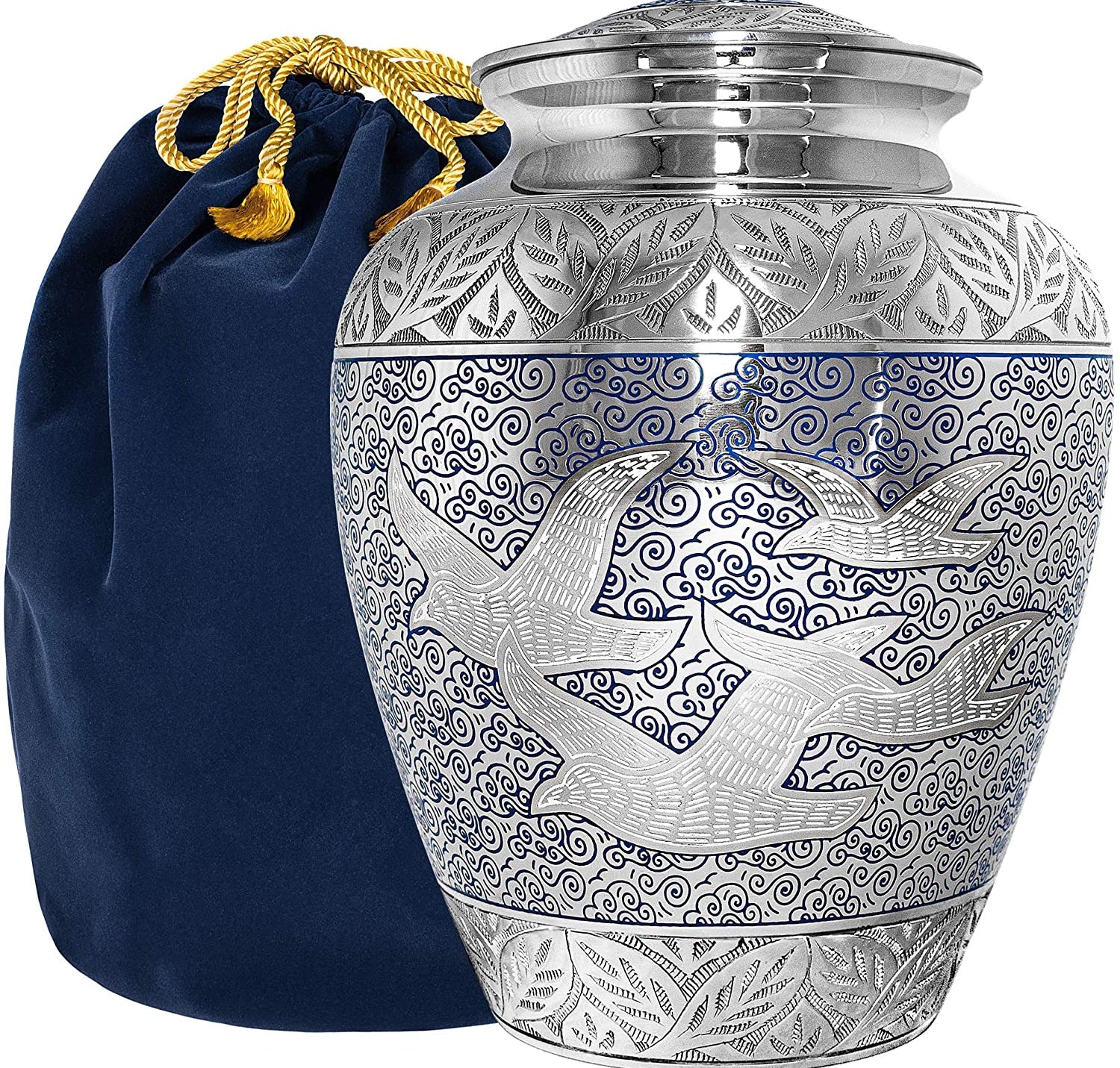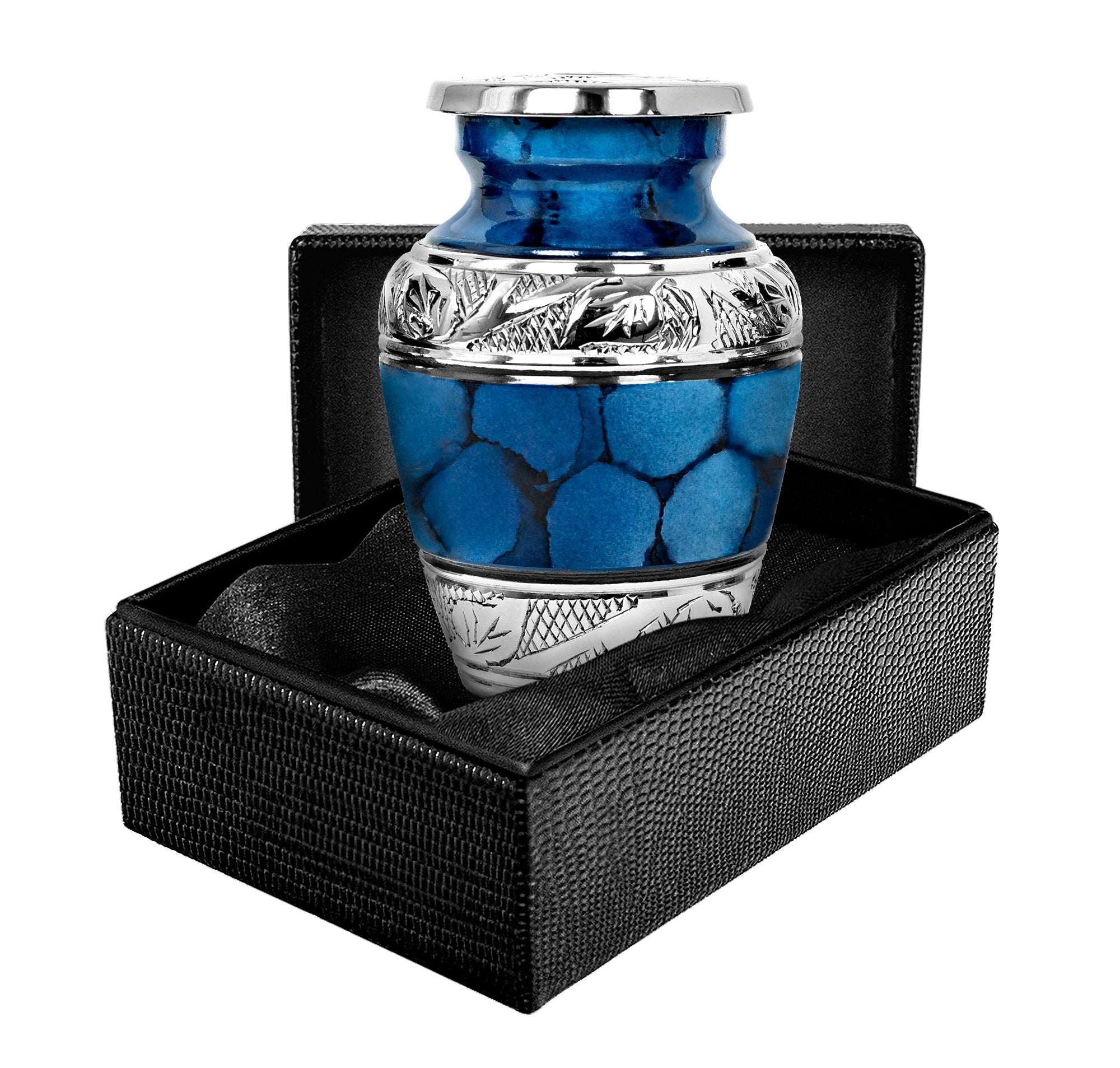Cremation Urns
Cremation Urns
At Trupoint Memorials, we understand how important choosing a cremation urn is after losing a family member, friend, or pet. Finding an urn that best pays tribute to those who have passed is made much simpler with our wide selection of affordable cremation urns. Our quality urns range from large urns for adults to smaller-sized keepsake urns to share among loved ones. There is also a variety of styles, colors, and materials. You've come to the right place to Opting to cremate the dearly departed is growing in popularity owing to the low costs involved relative to casket burials. However, by no means is this an inferior option. Human ashes can be memorialized in many unique ways. You can choose from customized urns for mom or urns better suited for dad. You can even keep ashes close to your heart and wear them as jewelry—far more inexpensive than diamonds but of far greater value to you. You can also cremate your beloved pet, whose memory you treasure like a family member. We offer medium to small dog urns for man's best friend or beautifully handcrafted cat urns that reflect their regal nature. Whether you decide to keep or bury cremated ashes, there are countless ways to cherish and honor the life of a loved one, and Trupoint Memorials makes it possible.
What Are Cremation Urns?
Types of Cremation Urns Available
The most common type of urn is an individual urn, which varies in size. There are large and extra-large urns to hold adult ashes. Urns also come in smaller sizes to hold the cremains of a child or infant in the unfortunate event of their passing. Additionally, urns come in small and miniature sizes so that the remains—and memories—can be shared among loved ones. These mini urns, called keepsake urns, are usually available in a set, which can be a more cost-effective option. The remains of two people can be kept together in a companion urn. These urns can hold both sets of ashes in one vessel or consist of two separate compartments.Styles of Cremation Urns
There are numerous styles of cremations urns available, with commemorative designs that reflect the dearly departed's unique personality, preferences, and interests. Trupoint Memorials' custom-painted designs include beautiful butterfly motifs to symbolize feminity and freedom. We also carry hand-painted urns with a lighthouse representing their shining and guiding light. American flag designs are available for those who lived a patriotic life. The cremation urn you select can be further personalized by adding an engraved plaque. You and your loved ones can decide on a message that best memorializes and pays tribute to the life and legacy of your beloved.Find the perfect final resting place for your beloved—one that encapsulates their personality, character, and memory.
Opting to cremate the dearly departed is growing in popularity owing to the low costs involved relative to casket burials. However, by no means is this an inferior option. Human ashes can be memorialized in many unique ways. You can choose from customized urns for mom or urns better suited for dad. You can even keep ashes close to your heart and wear them as jewelry—far more inexpensive than diamonds but of far greater value to you.
You can also cremate your beloved pet, whose memory you treasure like a family member. We offer medium to small dog urns for man's best friend or beautifully handcrafted cat urns that reflect their regal nature.
Whether you decide to keep or bury cremated ashes, there are countless ways to cherish and honor the life of a loved one, and Trupoint Memorials makes it possible.

